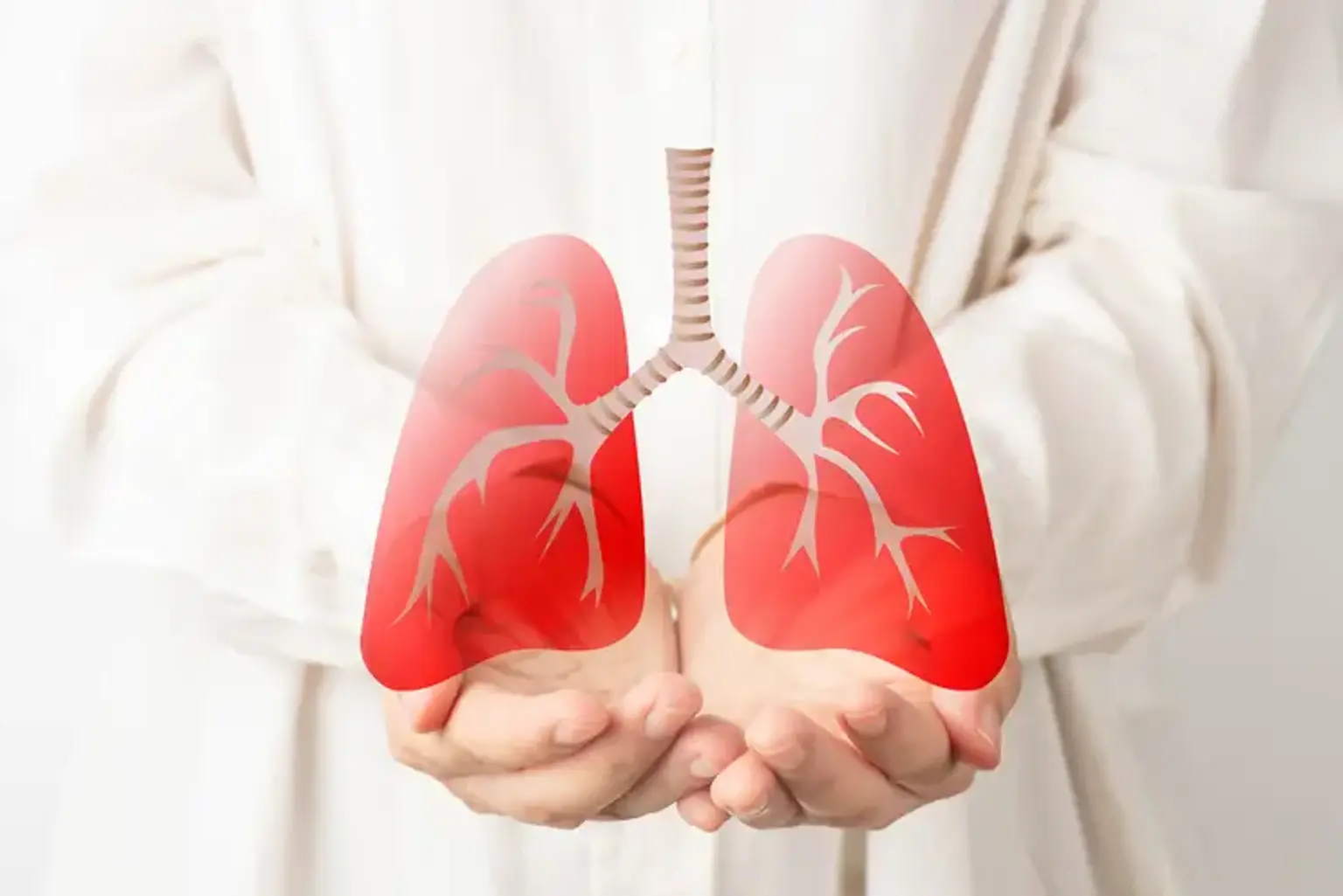Pulmonary Infection
Although there are many distinct forms of lung infections, many individuals are familiar with their symptoms, which include a bothersome cough and fever. Different microorganisms (viruses, bacteria, or fungi) can cause lung infections, which can damage various parts of the lungs and airways.
